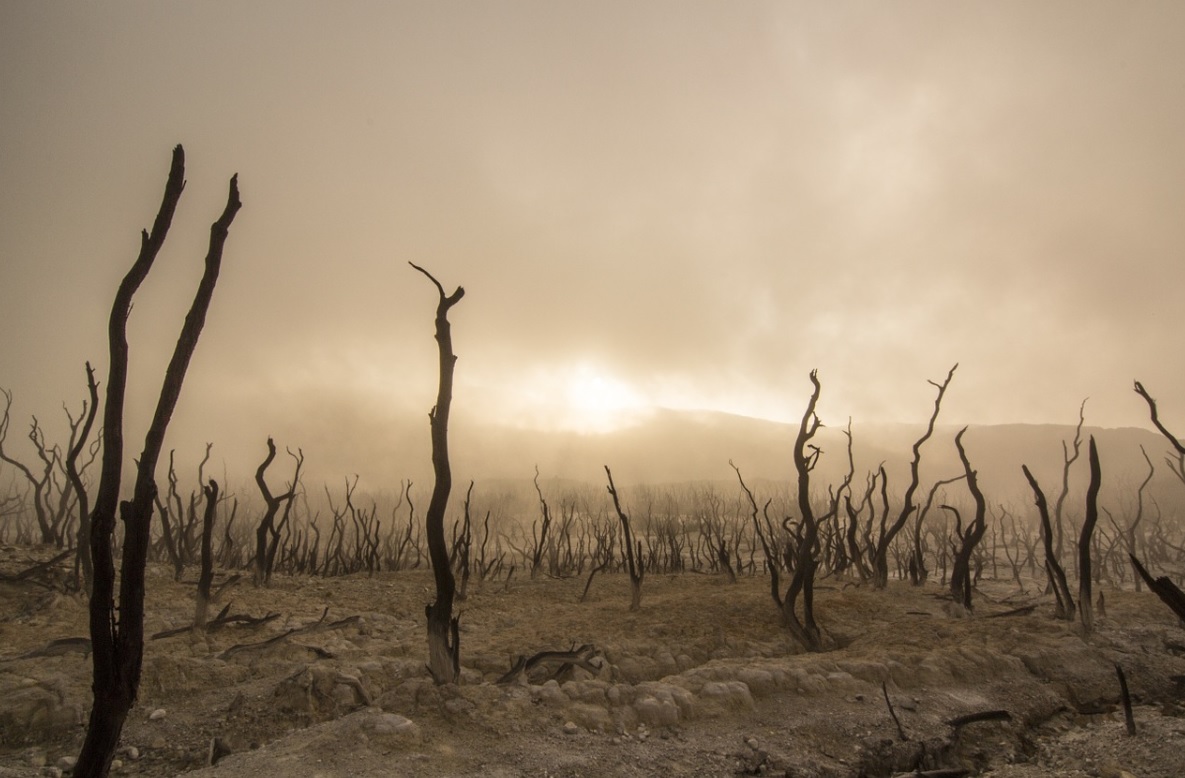Drought trims Australia greenhouse gas emissions, offsets jump from gas trade

- Country:
- Australia
Australia's greenhouse gas emissions were roughly unchanged in the 12 months ended June as a long-running drought-hit cattle and sheep farming, shriveling emissions from agriculture and offsetting sharp increases from the natural gas industry.
Overall emissions edged down 0.1% to 532.0 million tonnes of carbon dioxide equivalent (Mt CO2-e) in the year to June 30, the Department of Environment and Energy said in a quarterly update. That leaves Australia just under half-way towards its Paris Accord target of cutting emissions by between 26% and 28% below 2005 levels by 2030. It needs to cut emissions to around 446 Mt CO2-e to meet the goal.
Emissions from the farm sector dropped by 4.2 Mt CO2-e, or 5.9%, over the year, while emissions from electricity generation fell 2.1 Mt CO2-e, or 1.2%, thanks to declining coal consumption and increased wind and solar power. "The 5.9% decline in emissions from the agriculture sector reflects the effects of drought which has led to a decline in livestock populations as well as fertilizer use," the report said.
Environment watchers welcomed the overall cap on emissions. "This suffering of our farmers who are destocking in the face of drought, and the hard work of the renewables sector have meant that Australia's emissions have stalled," Climate Council researcher Tim Baxter said in a statement.
In contrast, the report flagged a 5.9 Mt CO2-e rise in emissions from stationary sources, which includes aluminum smelters, and fugitive emissions, both mostly from the liquefied natural gas (LNG) sector, including flaring and leakage of methane and carbon dioxide among other things. Australia's rapidly growing LNG export sector, where the biggest undeveloped gas source, Browse off Western Australia, is due to start producing around 2026, poses a challenge for Australia to meet its Paris commitment.
"Growth in global demand, together with the changes from globalization, is making Australia's exports an increasingly important driver of Australia's emissions profile," the report said.
(This story has not been edited by Devdiscourse staff and is auto-generated from a syndicated feed.)
- READ MORE ON:
- Australia
- Western Australia
- Paris










